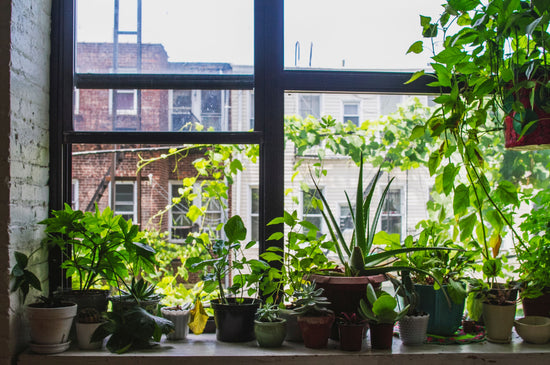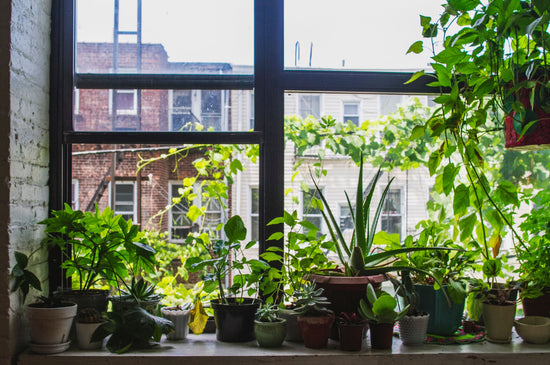Are Fig Tree Leaves Poisonous? A Detailed Guide to Fig Tree Safety
Fig trees (Ficus carica) are cherished for their delicious fruit and ornamental appeal. From the Chicago Hardy Fig Tree to the Black Mission Fig Tree, their versatility in gardens and containers has made them a favorite among gardeners. However, one common question arises: Are fig tree leaves poisonous?
Are Fig Tree Leaves Toxic?
The short answer is: not inherently poisonous but can be mildly irritating. Fig tree leaves contain a milky sap known as ficin, which may cause skin irritation or mild gastrointestinal upset if ingested in large quantities. Let’s explore the specifics:
- Skin Irritation: When pruning or handling fig tree leaves, the sap can cause dermatitis, especially in sensitive individuals. Wearing gloves is a good practice.
- Ingestion Concerns: While the leaves are not deadly, they are not meant for consumption due to their bitter taste and potential to cause digestive discomfort.
Popular Fig Tree Varieties for Safe Cultivation
Growing figs safely involves selecting the right variety for your space and needs. Here are some excellent options:
-
Chicago Hardy Fig
This cold-hardy variety thrives in various climates, producing sweet figs fruit in abundance. Ideal for containers, it’s a favorite for urban gardens. -
Black Mission Fig Tree
Known for its dark purple figs, this tree is a prolific producer, perfect for warmer climates. Its fruit is prized for fresh eating or drying. -
Kadota Fig Tree
A classic yellow-green variety, the Kadota Fig is a robust and productive choice for fig lovers. -
Brown Turkey Fig Tree
This reliable producer offers sweet, juicy figs and is versatile enough for containers or gardens. -
Celeste Fig Tree
Often called the "sugar fig," it produces exceptionally sweet figs and thrives in pots or smaller garden spaces.
Are Fig Leaves Used for Anything?
Despite their potential for irritation, fig leaves are used in various culinary applications. When handled properly, they are safe to use as wraps for steaming food or flavoring dishes. However, always rinse them thoroughly and avoid consuming the sap.
Caring for Fig Trees
Healthy fig trees are less likely to pose risks due to their sap. Proper care ensures robust plants and bountiful fruit:
- Watering: Ensure consistent moisture but avoid waterlogging, especially for potted fig tree plants.
- Pruning: Regular pruning improves airflow and reduces sap exposure during heavy handling.
- Sunlight: Fig trees, like the Olympian Fig Tree, thrive in full sun to partial shade.
- Fertilizing: Use a balanced fertilizer to encourage healthy foliage and fruiting.
Common Questions About Fig Tree Leaves
Q: Can children or pets be harmed by fig tree leaves?
A: While not highly toxic, ingestion of large amounts can cause mild stomach upset in children or pets. Keep trees like the Turkey Fig Tree out of their reach.
Q: Are potted fig trees safer than those in the ground?
A: Potted fig trees, such as the Little Miss Figgy, allow for better control and can be placed in safe locations away from pets or children.
Q: How do I handle sap exposure?
A: Wash the affected area with soap and water. If irritation persists, consult a doctor or veterinarian.
Conclusion
Fig trees are safe to grow and enjoy with the proper precautions. Their stunning varieties, like the Beers Black Fig Tree, make them a rewarding addition to any garden. Whether you’re looking to grow figs for their sweet fruit or ornamental value, Wekiva Foliage offers a range of fig trees to suit your needs. Browse our Fig Tree Starter Plants or explore options like the Tissue Culture Fig Tree Starter Plants for a healthy start to your fig-growing journey.





